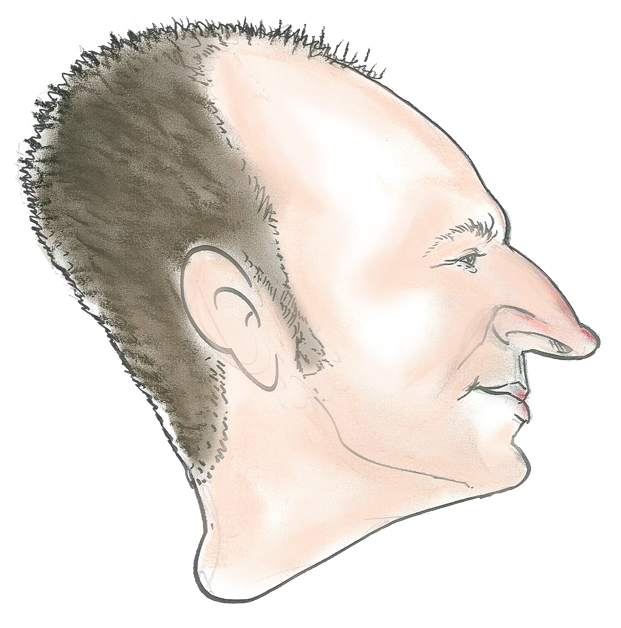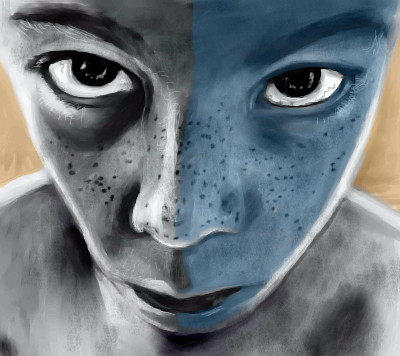As you know, I started designing custom 3D-printed shoes for myself. This is a follow-up.
So, I spent some time modeling a basic, thin-walled shoe. Nothing fancy, just a quick something to test the fit and do my first TPU print - although I’ll probably start with test pieces before printing this doozie.
One shoe fits on the bed of our Prusa Mk4 - barely.
It’s a 17-hour print. Yikes! I think I’ll probably do this over the next week-end, otherwise my colleagues will kill me.
The support is mostly inside the toe box and promises to be a real b*tch to remove:
![]()
The shoe is very close-fitting, but I’ve left 2mm all around inside: if I mess up, or if the TPU shrinks like I think it will, it has a chance to remain wearable. If it doesn’t, I’ll simply put a sock on.
![]()
Stay tuned 🙂
I would suggest air holes, to prevent sweaty feet (and massive chaffing.) (if it’s TPU and thin enough, you can probably add them with some leather punches, mind.)
Unless your goal is a shoe for jumping in mud puddles?
First order of business is making sure it fits, before I spend 2 hours punching holes in the model 🙂 There’s another thing I need to add: sole patterns, to prevent slippage. Right now the soles are totally bald, which isn’t ideal. But this is just a test print.
So… I wonder… about the sole texture…
what would happen if you increased the thickness of the sole, and then had zero solid layers on bottom to create easy tread. I’m thinking a few layers of dense gyroid, then solid to layers above it.
Or if you wanted even more cushion… a few layers of tread with a couple solid layers, then more infill, and solid top players?
if you think that might work… i’d suggest just doing a very thin print to check it out. (Like, the tread and maybe the insole of just the toe?) it might need tweaking. especially if you add an air-cushion layer.
edit: i know prusa slicer has ways of changing infill percentages etc as a function of layer height, and I would assume most slicers do these days. Another setting to look at changing for tread would be the extrusion width, juicing the infill extrusion width should make the more sturdy, whatever pattern you do select for it.
gyroid would create a squiggly patter on the bottom of it. hex might be interesting too, or maybe hilbert curve, which is ‘space filling’ fractals. Gyroid would be interesting for any cushion section because it would create two large pockets of air instead of many small pockets.
This. There is a reason why even pool shoes are breathable. This is a bowl for sweat and your foot isn’t going to like it inside.
I mean, it is pretty obvious they care less about using the shoes and more about building a Brand for whatever reason.
I’ll also add that this is going to chafe like hell. And even if OP has perfect orthopedic health… they won’t after wearing these for an extended period of time. All but the cheapest of crocs put a bit of effort into the footbed to cushion things and a layer of rigid TPU ain’t it.
Ah yes, the famous escort boots as seen in the Series IV episode “Justice” of the TV show Red Dwarf! 😃

Hehe yes, they do look a bit like that.
Now you make me want to watch a few episodes tonight… 😃
You should, there are not many TV shows as re-watchable as Red Dwarf 😀
Tell me about it… I have all the seasons on DVD, and all Brittas Empire seasons too. They just don’t make good comedy like that no more.
There’s your shoe model name - the Rimmers!
There’s always that guy that says this, but doesn’t look like he’s said it yet, so I’ll be the guy. Even with Tpu, the layered print nature of this will make a microchannel rich environment that is pro-microbe and with or without venting and with or without socks, this is a setup for some stinky feet.
Not to mention it’ll shed micro plastics constantly
Probably at about the same rate as normal sneakers, so if you can live with that then these shouldn’t be an issue in that regard
All valid concerns, thank you for raising them: this hadn’t crossed my mind.
But I’m not too concerned for the following reasons:
-
My current pair of pool shoes are commercial models I thermo-reformed with hot air (if you’re interested in that process, I can post a video if you’d like). Pool shoes are made of vinyl: let me tell you, reforming vinyl at close to decomposing temperature is a nasty toxic fumes affair. Whatever drawbacks TPU may have can’t be any worse for my health.
-
They’ll be used mostly underwater in chlorinated water for a couple of hours per week tops.
-
My feet don’t sweat much anymore.
-
Rather than print it flat, is there an angle you could print it at that would allow for eliminating most/all of the interior supports? E.g. toe angled down, heel angled up.
I’ve never printed TPU for such a long duration. Do you have it printing directly from the filament dryer?
Rather than print it flat, is there an angle you could print it at that would allow for eliminating most/all of the interior supports? E.g. toe angled down, heel angled up.
Ooh that’s a GREAT idea! I plain didn’t think about that but it totally makes sense. Thanks! I’ll goof around with that tonight in the slicer to see what’s the minimal resource utilization I can achieve. Hell, I might even be able to squeeze both shoes in there.
I’ve never printed TPU for such a long duration. Do you have it printing directly from the filament dryer?
Yes. My plan is to load the brand-new roll in the dryer on Thursday and set it to dry at 70C overnight, print a bunch of test parts on Friday, then if they pass muster, start the big print on Saturday morning.
That looks kind a very nicely designed model!
I suggest a much smaller TPU print with supports so you can get a feel for post processing needs. If you print the part well the only way to remove them is with a knife or snips.
That’s the plan: get used to the material before wasting 80 yards of the stuff on a print.





